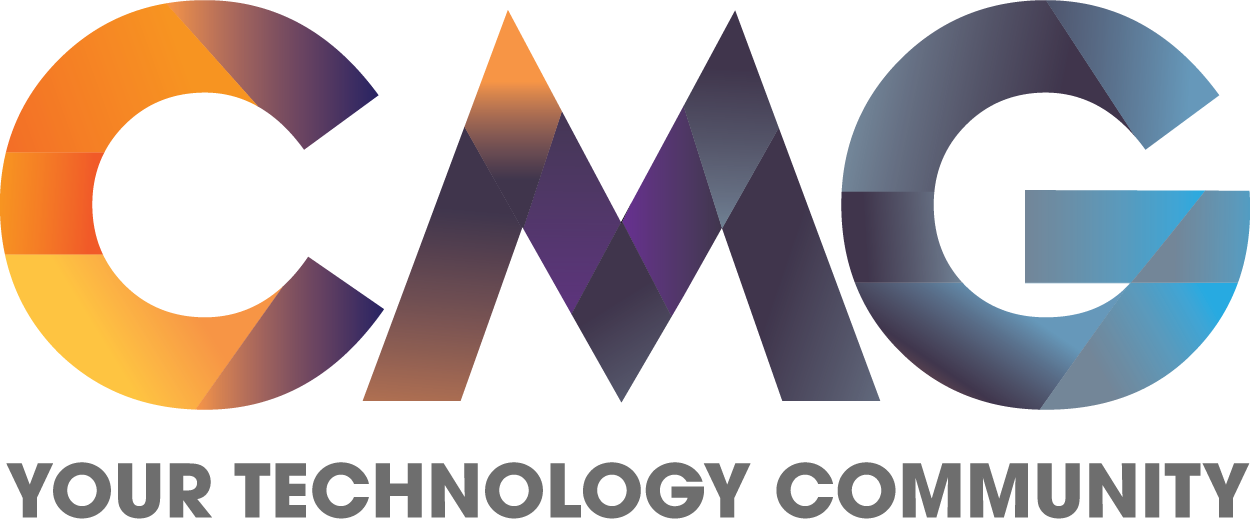For existing members sign in here.
Contents:
- System Utilization: Keeping the Glass Half Full
- Machine Learning for Predictive Performance Monitoring
- Achieving CPU (& MLC) Savings through Optimizing Processor Cache
- FICON CUP Diagnostics and the IBM Health Checker for z/OS
- Book review of Greg Schulz’s Software-Defined Data Infrastructure Essentials
CMG Journal 2018 Issue #1: Letter from the Editor
Welcome to the first issue of CMG Journal for 2018. It’s hard to believe that CMG Impact 2017 is already two months behind us. Many of us are in the middle of winter’s deep freeze. What better way to get the brain warmed up than by reading this, the latest issue of CMG Journal. This month we have four papers, and a book review for your enjoyment.
Our first paper was written by the 2009 CMG AA Michelson Award Winner, Bruce McNutt. System Utilization: Keeping the Glass Half Full, is a second edition of the same title paper that Bruce presented at the CMG 2016 Conference. The paper describes how the black box model, helps to plan and operate systems that row gracefully. This comes about through a better understanding of system utilization. Earlier papers showed that the black box model can provide automated utilization measurements. This paper applies the same model more broadly to the planning and operation of a system. The goal is to grow the productivity of the system up to the level defined in the capacity planning process, with minor delays due to queueing and/or contention. This updated edition of the original paper offers simplified calculation methods for working with system utilization compared with those provided in the original version.
Our second paper, Machine Learning for Predictive Performance Monitoring: Predicting Near-Future Total CPU Utilization using the SAS/STAT® GLMSELECT Procedure, written by Tim Browning, presents techniques based on statistical machine learning for predicting near future CPU utilization based on the current system state as defined by selected features, feature extractions, and time classifications. After assessment of several linear models, the proposed solution uses the Least Angle Regression (LAR) technique within SAS/STAT® software and provides significant accuracy for short term predictions. In addition, the application has the ability to learn and adapt to changing conditions by reiterating the model build process.
This issue’s third paper, written by Todd Havenost, was a winner of the Best Paper award at the recent CMG Impact 2017 Conference. Achieving CPU (& MLC) Savings through Optimizing Processor Cache, introduces key processor cache concepts and metrics, laying the foundation for understanding the vital role processor cache plays in CPU consumption. Those metrics are then leveraged to identify specific ways to improve processor cache efficiency by optimizing LPAR topology and maximizing work executing on Vertical High CPs. Throughout the paper, Todd uses several examples from real-life situations to illustrate both the opportunities and the potential impacts of tuning actions.
The final paper of the issue is FICON CUP Diagnostics and the IBM Health Checker for z/OS, written by Steve Guendert. This is a paper based on a chapter from the new book Steve just completed writing. As IBM Z environments have grown, and configurations have become more complex, FICON fabric issues can result in unacceptable Input/Output (I/O) service times. Resource Measurement Facility (RMF) device activity reports might show average service times that are higher than normal, while matching I/O queuing reports show abnormally high “initial command response” times on a subset of the paths to a device. Steve’s paper reviews the basic functionality of FICON CUP and then introduces the new FICON Management Server (FMS) and CUP Diagnostics capabilities now available to be used by the IBM Health Checker for z/OS to gain better insight into the health and robustness of FICON Storage Area Network (SAN) fabrics.
Last but not least, is a book review of Greg Schulz’s latest work, Software-Defined Data Infrastructure Essentials. I highly recommend this book to all our members, especially those of you interested in storage and I/O.
We are actively soliciting papers for future issues of CMG Journal. We are planning on publishing four issues per year, with a goal of four high quality papers per issue. Our next issue is planned for May 2018 and we are currently looking for and reviewing submissions. Please consider writing a paper for the CMG Journal. You can submit your papers, as well as feedback to us at cmgjournal@cmg.org.
Thanks again for reading. We hope you enjoy this issue.
Stephen R. Guendert, Ph.D.





